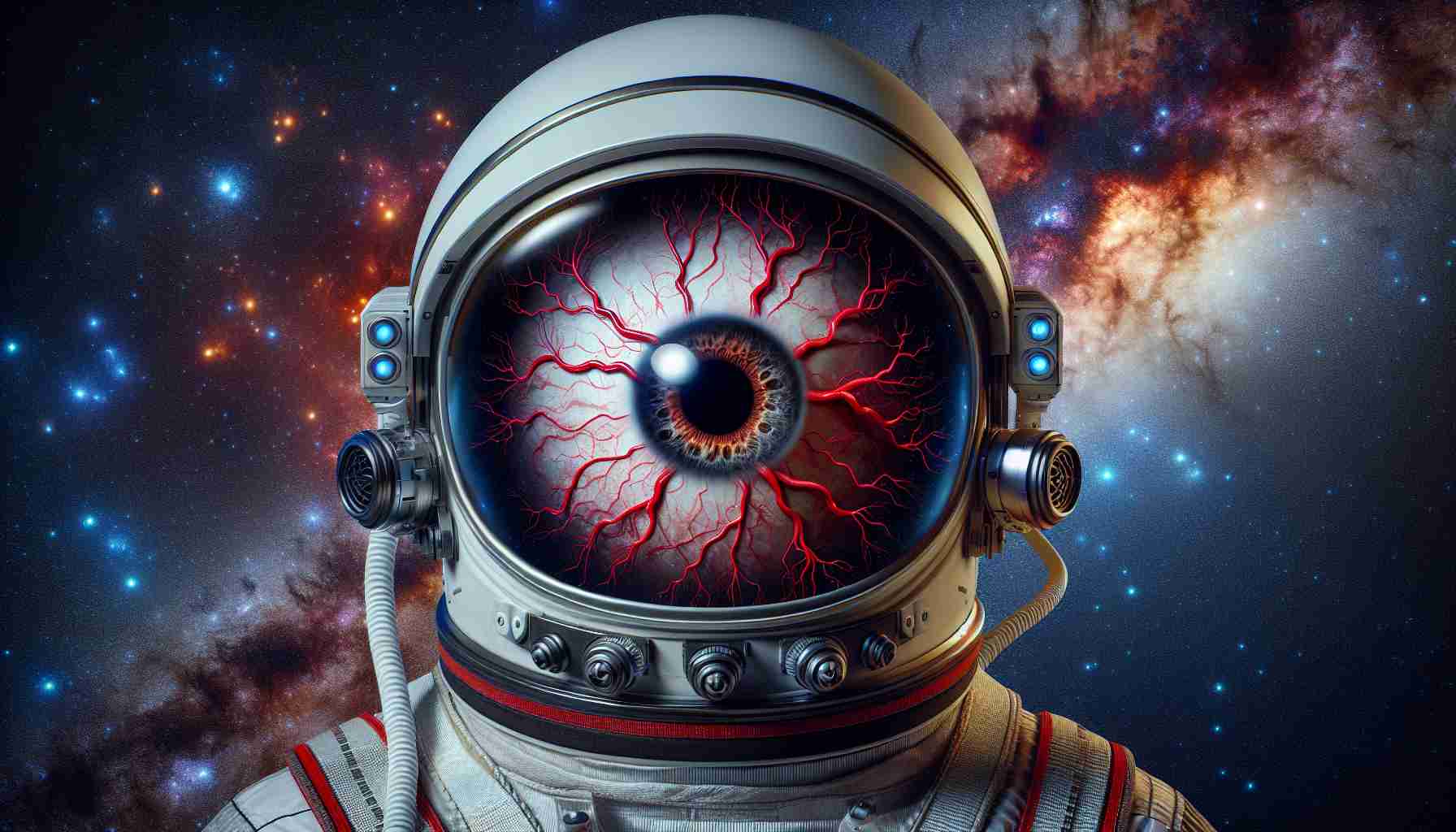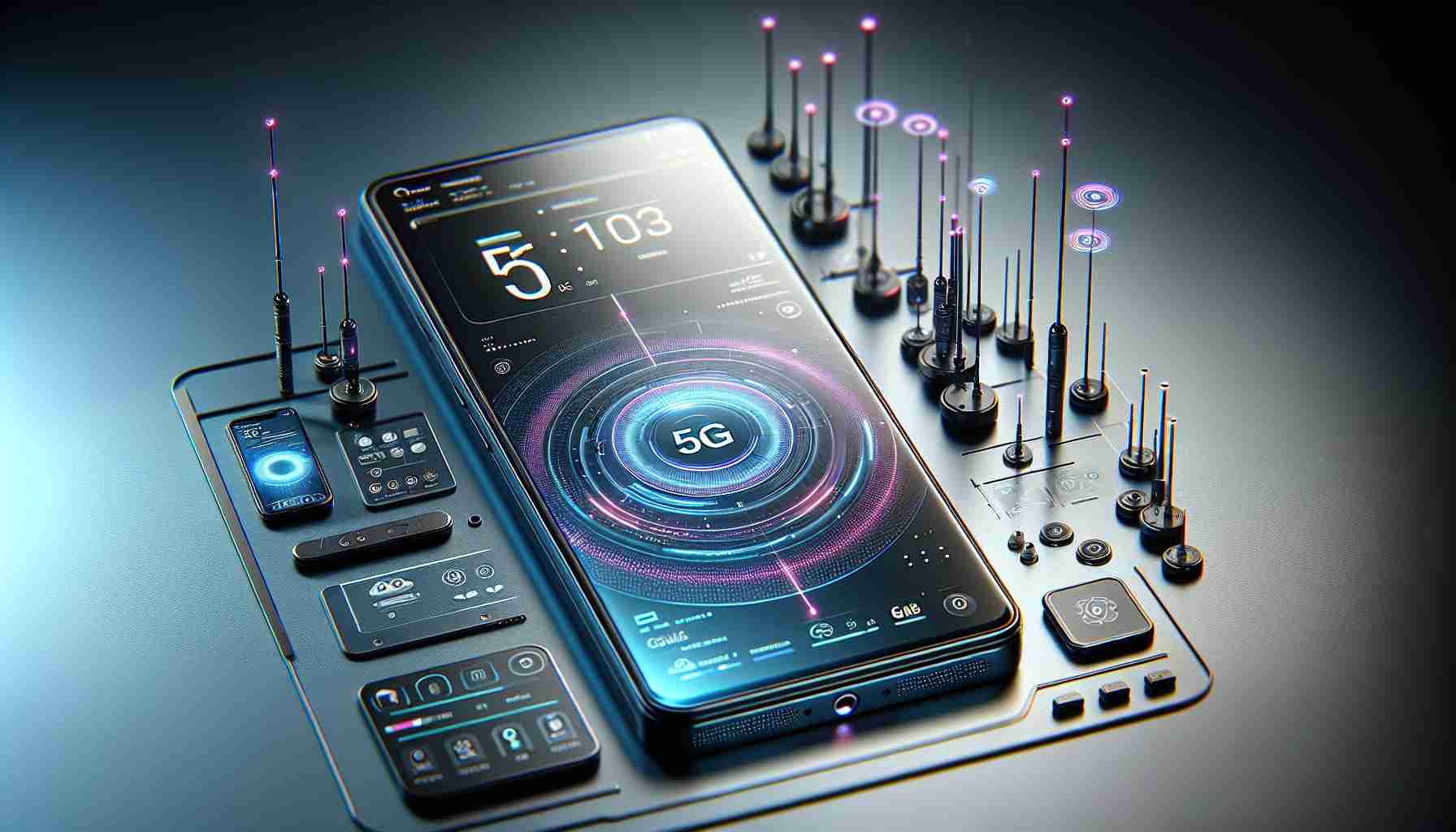- Nearly 70% of astronauts experience vision changes during long space missions.
- Spaceflight-associated neuro-ocular syndrome (SANS) causes optic nerve swelling and impaired eyesight.
- Bodily fluid shifts in microgravity lead to increased pressure on eye structures.
- Recent research showed a 33% decrease in ocular rigidity and an 11% reduction in intraocular pressure post-mission.
- NASA recognized SANS in 2011, initiating research into potential countermeasures.
- Proposed solutions include negative pressure devices and tailored nutrition plans for astronauts.
- Ongoing research is crucial to identify at-risk astronauts and develop effective interventions.
Astronauts embarking on long voyages aboard the International Space Station (ISS) are confronting a startling reality: nearly 70% report significant changes to their vision after spending six to twelve months in the weightlessness of space. This alarming phenomenon, known as spaceflight-associated neuro-ocular syndrome (SANS), manifests through swelling of the optic nerve, distortions at the back of the eye, and impaired eyesight.
In the vastness of microgravity, bodily fluids shift, leading to increased pressure on crucial eye structures. Researchers at the Université de Montréal have conducted a groundbreaking study involving 13 astronauts, uncovering a staggering 33% decrease in ocular rigidity and an 11% drop in intraocular pressure post-mission. Some astronauts even displayed abnormal increases in choroidal thickness, raising serious concerns for future explorations beyond Earth’s orbit.
Since the early 2000s, similar symptoms have been noted, first among Russian cosmonauts on the Mir space station. NASA officially recognized SANS in 2011, prompting scientists to seek solutions. Exploring options like negative pressure devices and specialized nutrition plans, experts are on a quest to safeguard astronaut vision during deep-space journeys, especially missions aimed at Mars.
Continued research is vital. Identifying astronauts susceptible to severe ocular issues could lead to early interventions and the development of effective countermeasures. As agencies race to protect the vision of their space pioneers, it’s clear that understanding the eye’s new mechanical properties may pave the way for a brighter, clearer future in space exploration.
Eyes in Space: Protecting Astronauts from Vision Loss on Long Missions!
Understanding Spaceflight-Associated Neuro-Ocular Syndrome (SANS)
Astronauts facing long missions aboard the International Space Station (ISS) are grappling with significant changes in vision, with nearly 70% reporting alterations after spending six to twelve months in microgravity. This phenomenon, termed spaceflight-associated neuro-ocular syndrome (SANS), involves swelling of the optic nerve, changes in the eye structure, and various forms of impaired eyesight. New research sheds light on these concerning developments and the implications for future space missions.
Groundbreaking Research and Discoveries
Recent studies from the Université de Montréal involving 13 astronauts found vital insights into post-mission ocular health:
– A 33% decrease in ocular rigidity.
– An 11% reduction in intraocular pressure.
– Abnormal increases in choroidal thickness in some astronauts.
These alterations are attributed to bodily fluid shifts that occur in the microgravity environment, which lead to increased pressure on the eyes. Understanding how these changes affect vision is critical as space agencies prepare for missions beyond low Earth orbit, like Mars expeditions.
Key Aspects and Developments
1. Features of SANS:
– Swelling of the optic nerve.
– Distortion at the back of the eye.
– Impaired vision clarity.
2. Innovative Solutions Under Exploration:
– Negative pressure devices that may help alleviate pressure on the eyes.
– Specialized nutrition plans tailored to protect astronauts’ eye health during lengthy missions.
3. Sustainability and Future Missions:
– Identifying astronauts susceptible to ocular issues could lead to early interventions.
– Developing effective countermeasures is essential not only for ISS missions but also for those seeking to explore farther destinations like Mars.
Implications for Future Space Exploration
As agencies like NASA continue to investigate these ocular issues, it is increasingly recognized that safeguarding astronauts’ vision is paramount for the success of future deep-space missions. There is an urgent need for ongoing research to fully understand the mechanical properties of the eye in microgravity and the underlying mechanisms that lead to changes in ocular health.
Frequently Asked Questions (FAQs)
Q1: What are the long-term effects of SANS on astronauts?
A1: Long-term effects of SANS can include chronic vision impairment and potential structural changes in the eye. Continuous monitoring and research are essential to mitigate these risks.
Q2: How do researchers plan to address SANS issues?
A2: Researchers are actively developing countermeasures such as negative pressure devices and specialized nutritional approaches to maintain ocular health during extended missions.
Q3: What role does fluid shift play in vision changes in space?
A3: Fluid shift in microgravity leads to an abnormal distribution of bodily fluids, causing increased pressure in the eyes and resulting in changes that affect vision, known as SANS.
For more information about space health and research, visit NASA.













